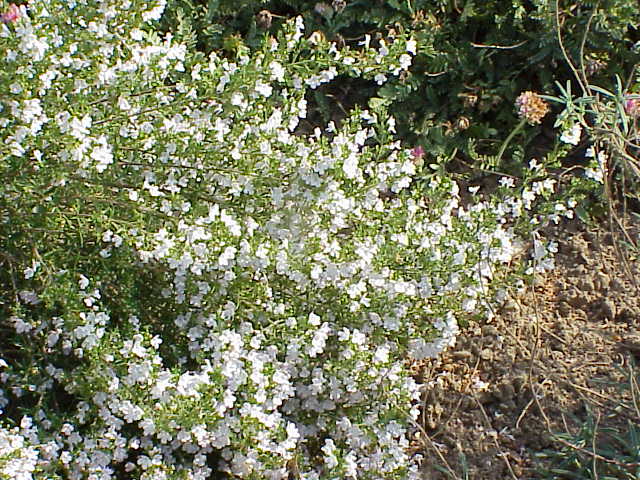Savory, Winter
(Satureia montana), a semi-hardy, perennial, very branching herb, native of southern Europe and northern Africa. Like summer savory, it has been used for flavoring for many centuries, but is not now as popular as formerly, nor is it as popular as summer savory.
Description: The numerous woody, slender, spreading stems, often more than 15 inches tall, bear very acute, narrow, linear leaves and pale lilac, pink, or white flowers in axillary clusters. The brown, rather triangular seeds, which retain their vitality about three years, are smaller than those of summer savory. Over 70,000 are in an ounce, and it takes 15 ounces to fill a quart.
Cultivation: Winter savory is readily propagated by means of cuttings, layers and division as well as seeds. No directions different from those relating to summer savory are necessary, except that seed of winter savory should be sown where the plants are to remain, because the seedlings do not stand transplanting very well. Seed is often sown in late summer where the climate is not severe or where winter protection is to be given. The plant is fairly hardy on dry soils. When once established it will live for several years.
To increase the yield the stems may be cut to within 4 or 5 inches of the ground when about ready to flower. New shoots will appear and may be cut in turn. For drying, the first cutting may be secured during July, the second in late August or September. In all respects winter savory is used like summer savory, but is considered inferior in flavor.


